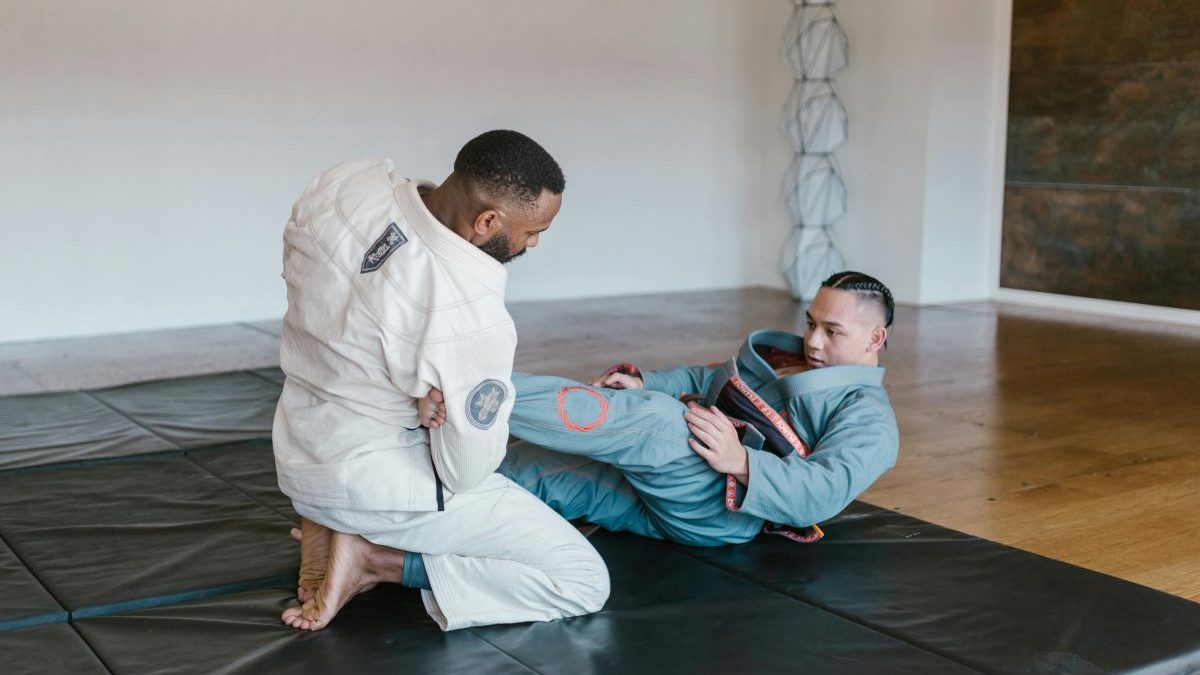Last Updated on: 14th July 2024, 09:31 am
Introduction to Martial Arts as a Dual-Purpose Discipline
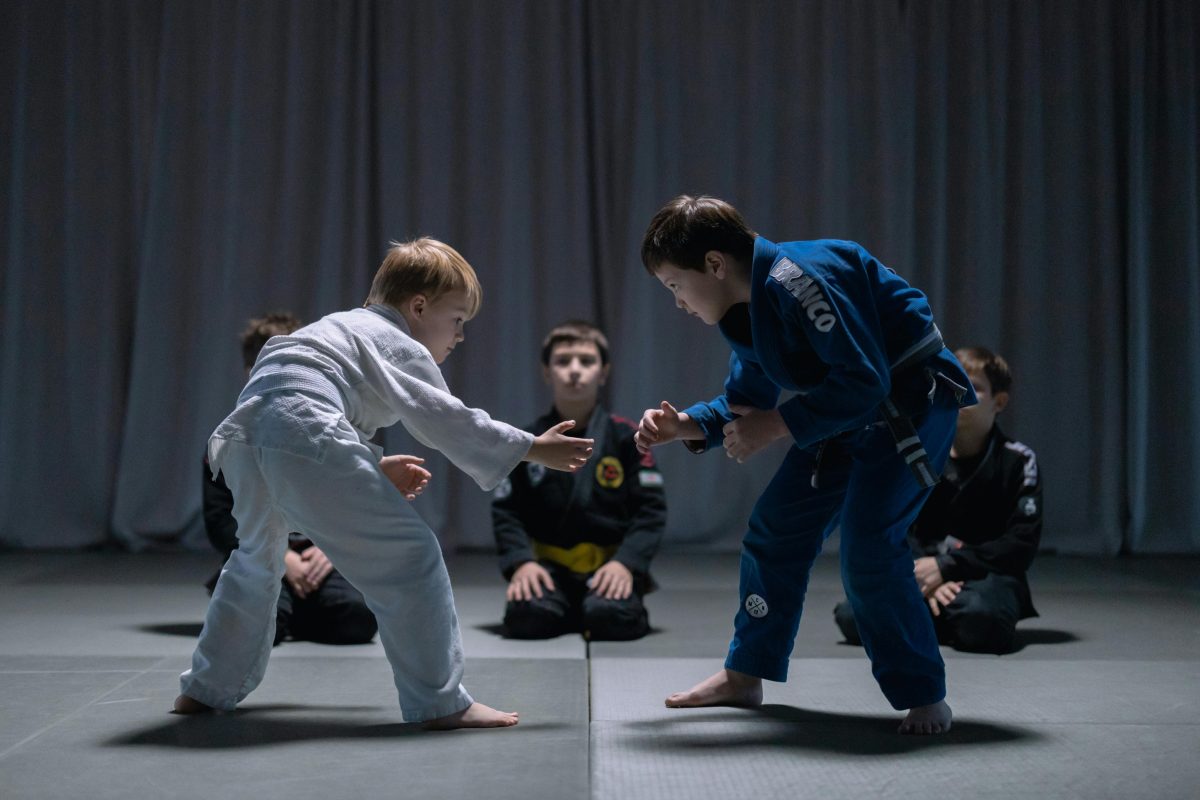
Martial arts, a discipline that marries the rigor of physical fitness with the precision of self-defense strategies, has evolved significantly over centuries. Initially developed for combat, these practices have seamlessly integrated physical fitness, turning into a holistic approach to wellness. This blend of combat skills and fitness regimen not only enhances physical capabilities but also sharpens mental focus, making martial arts a comprehensive workout.
- The history of martial arts is rich, with roots stretching back to ancient civilizations where the dual purpose of combat readiness and physical conditioning were paramount.
- Today, this ancient tradition has found a new lease of life in contemporary fitness culture, growing in popularity across the globe. People of all ages are drawn to martial arts, not just for the promise of self-defense but for the unparalleled physical conditioning it offers.
As martial arts continue to thrive in modern fitness regimes, they exemplify the perfect synergy between strength, agility, and self-protection. This unique combination makes martial arts an appealing choice for those looking to enhance their physical fitness while acquiring valuable self-defense skills. The discipline’s growing appeal is a testament to its effectiveness as a dual-purpose fitness strategy, resonating with individuals seeking a dynamic and comprehensive approach to wellness.
The Fitness Benefits of Martial Arts

Cardiovascular Health Improvements
Consistent martial arts training is a powerhouse for cardiovascular health. The high-intensity drills and sparring sessions increase heart rate, which in turn, strengthens the heart muscle. This rigorous activity promotes healthy blood circulation and can significantly reduce the risk of heart disease. It’s an exhilarating way to boost endurance and stamina.
Strength and Flexibility Enhancements
- Building muscle strength: The diverse techniques practiced in martial arts—from grappling to striking—build muscle strength.
- Enhancing flexibility: Each session challenges the body in new ways, ensuring all muscle groups are engaged and stretched, leading to a more toned and flexible physique.
Weight Management and Body Composition Transformation
Engaging in martial arts is an effective strategy for weight loss and body composition transformation. The high-calorie burn during training sessions, combined with muscle strengthening, helps in shedding fat while building lean muscle. This dual effect not only aids in weight management but also sculpts the body, making it stronger and more resilient.
Mental Health Benefits
- Stress relief: Training in martial arts is a potent stress reliever, providing an outlet for releasing tension and anxiety.
- Mental clarity: The focus required during practice increases mental clarity and discipline, enhancing overall well-being.
Incorporating martial arts into your fitness regime offers a unique blend of cardiovascular, strength, and mental health benefits. Its comprehensive approach not only transforms the body but also sharpens the mind, making it an ideal choice for those seeking a dynamic and fulfilling path to wellness.
Choosing the Right Martial Art for You
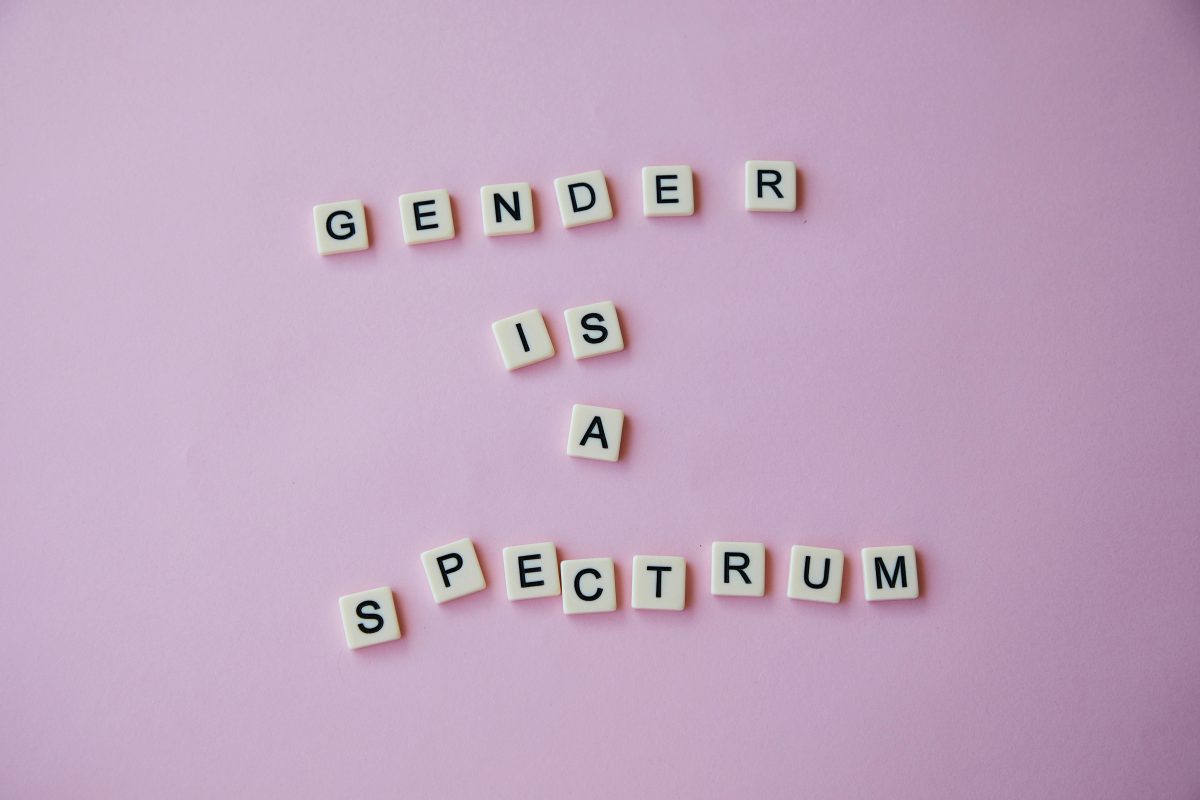
Embarking on a martial arts journey offers a unique blend of fitness and self-defense benefits, tailored to meet diverse needs and interests. From the striking techniques of Karate and Taekwondo to the grappling finesse of Jiu-Jitsu, and the powerful strikes of Muay Thai, each martial art brings its own flavor to the table. Karate focuses on discipline and striking, Taekwondo emphasizes agility and leg techniques, Jiu-Jitsu teaches ground fighting and submission holds, while Muay Thai is renowned for its clinch and elbow strikes.
- Consider your personal fitness goals, self-defense needs, physical limitations, and interests. Are you looking to improve cardiovascular health, gain flexibility, or build strength? Perhaps you seek practical self-defense skills or a mental discipline that sharpens the mind as well as the body.
- Trying different classes cannot be overstated. Engage with instructors, ask questions, and experience the art firsthand. This hands-on approach will provide invaluable insights into the physical demands, teaching styles, and community atmosphere of each discipline.
Ultimately, the right martial art for you is one that aligns with your personal goals, challenges you appropriately, and inspires continuous growth. Whether it’s the structured patterns of Karate, the dynamic kicks of Taekwondo, the strategic ground game of Jiu-Jitsu, or the striking prowess of Muay Thai, each art offers a path to fitness, self-defense, and personal development. Embrace the journey, and let the martial arts transform you.
Integrating Martial Arts into Your Fitness Routine
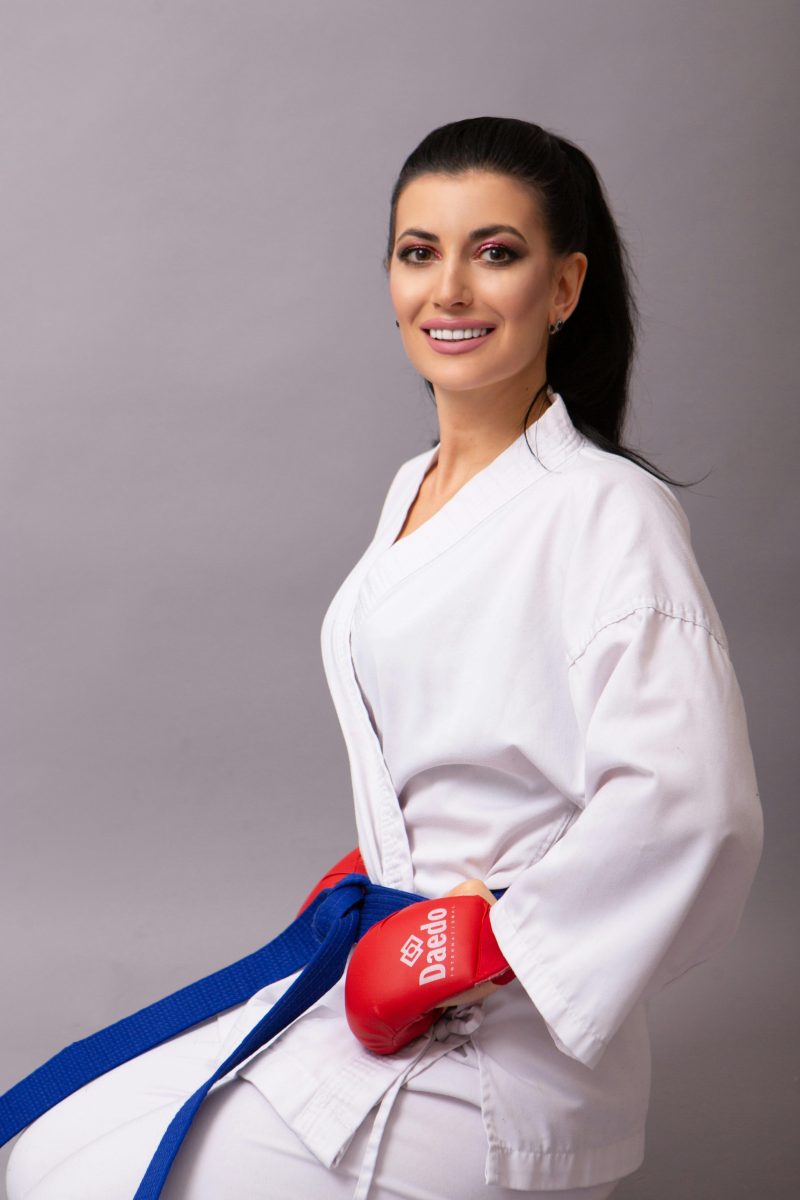
Tips for Beginners on Starting Martial Arts Training
Embarking on martial arts training is an exciting step towards enhancing your fitness and self-defense skills. Begin by selecting a discipline that aligns with your fitness goals and interests. Start slowly, allowing your body to adjust to the new demands. Focus on mastering the basics, as a strong foundation is key to advancing in any martial art. Remember, consistency is more important than intensity in the early stages.
Balancing Martial Arts with Other Fitness Activities
- Listen to your body: Incorporate rest days into your routine to prevent overtraining.
- Balance high-intensity martial arts sessions with lower-impact activities like yoga or swimming. This approach not only prevents injury but also promotes a well-rounded fitness regimen, enhancing both your martial arts performance and overall physical health.
Setting Realistic Goals and Tracking Progress
Set achievable goals for both your fitness and self-defense skills. Whether it’s improving flexibility, mastering a new technique, or increasing stamina, clear objectives keep you motivated. Track your progress through regular assessments with your instructor and personal reflections. Celebrate your achievements, no matter how small, and adjust your goals as you evolve in your martial arts journey.
Integrating martial arts into your fitness routine offers a unique opportunity to enhance your physical health, mental resilience, and self-defense capabilities. With the right approach, discipline, and balance, you can embark on a fulfilling journey that transforms your body and mind. Embrace the challenge, and let martial arts be your guide to a healthier, more empowered you.
Self-Defense Skills Through Martial Arts
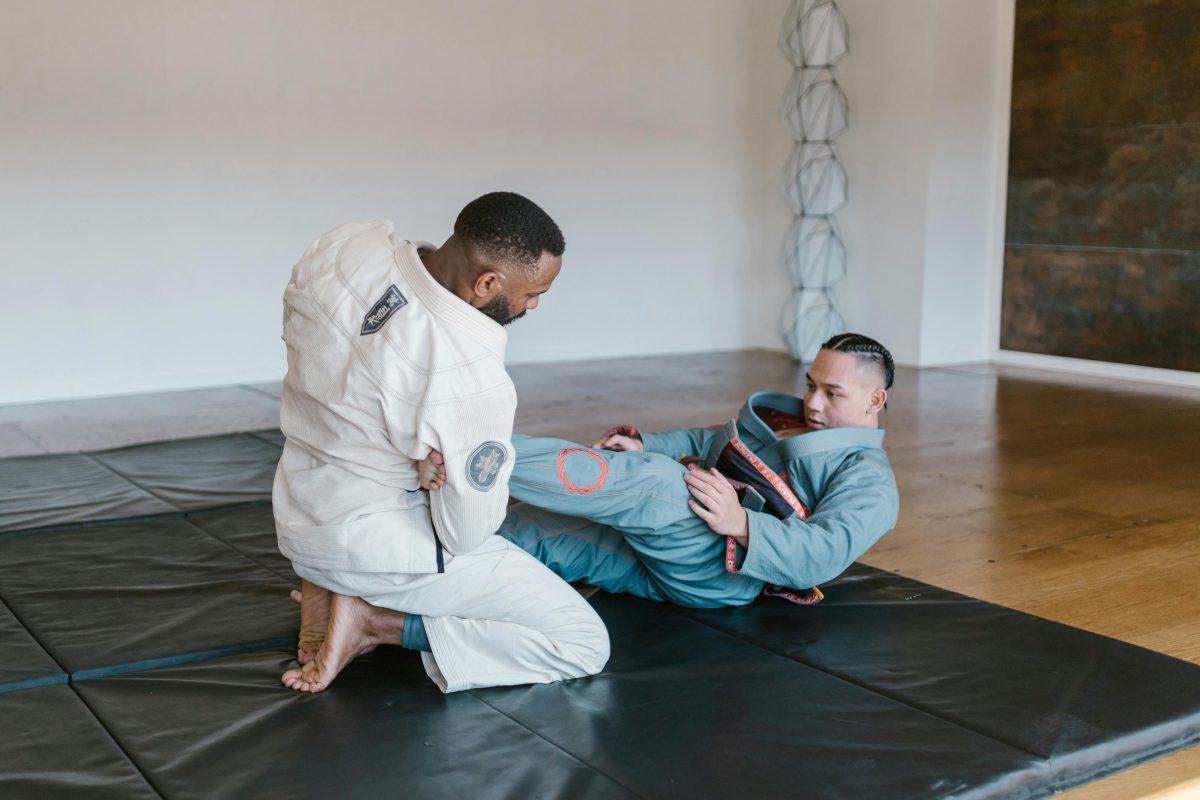
Practical Self-Defense Techniques
Martial arts training is a treasure trove of practical self-defense techniques. From the powerful strikes of Karate to the grappling maneuvers of Jiu-Jitsu, each discipline equips practitioners with a toolkit for real-world defense scenarios. These techniques are not just about physical prowess; they also teach the strategic application of force, enabling one to neutralize threats efficiently.
The Psychological Edge
Equally important is the psychological conditioning martial arts provides. Awareness, the first line of defense, is sharpened, allowing practitioners to avoid potential dangers. Confidence, built through consistent training, deters aggressors. The ability to remain calm under pressure, a trait honed in the dojo, can make all the difference during a confrontation. This mental fortitude complements physical skills, creating a well-rounded defender.
Real-World Applicability
The real-world applicability of martial arts is undeniable. Scenarios that simulate common attacks prepare practitioners for the unpredictable nature of real-life confrontations. This training fosters an adaptive mindset, enabling individuals to apply their skills flexibly and effectively in various situations. Whether it’s evading an assault or de-escalating a threat, martial arts training offers practical solutions for ensuring one’s safety.
Martial arts go beyond mere physical training; they are a comprehensive approach to self-defense, blending practical techniques with psychological readiness. This unique combination not only prepares individuals for potential threats but also contributes to their overall well-being, making martial arts an invaluable component of any fitness and self-defense regimen.
The Community and Cultural Aspect of Martial Arts

Nurturing Personal Growth within the Martial Arts Community
- The martial arts community plays a pivotal role in fostering personal development. As practitioners unite in their quest for mastery, they form a supportive network that encourages perseverance and learning.
- This camaraderie is instrumental in motivating individuals to push beyond their limits, celebrating each triumph and learning from every setback.
- The shared journey of growth and improvement creates a bond that transcends the dojo, enriching lives both on and off the mat.
Respect for Martial Arts’ Cultural Heritage
- Understanding the cultural origins of martial arts is crucial. Each discipline carries a legacy steeped in history, and with it, a deep-seated respect for its founders and traditions.
- Acknowledging this heritage enriches the practice, allowing practitioners to connect with the art on a profound level.
- It’s a gesture of honor towards the generations of masters who have preserved these arts, ensuring their survival and continued evolution.
Discipline and Belonging through Martial Arts
- Martial arts instill a strong sense of discipline, shaping character and fostering a disciplined approach to life’s challenges.
- This structured environment, with its rituals and etiquette, provides a framework for self-improvement that extends beyond physical skills.
- Moreover, the sense of belonging that emerges from regular training with like-minded individuals is powerful. It’s a community where respect, perseverance, and mutual support are the cornerstones, creating an inclusive space where everyone is welcome to grow and thrive.
Embracing martial arts is to embrace a community rich in diversity and unity. It’s a world where cultural appreciation, personal growth, and the pursuit of excellence converge, offering a sanctuary for those seeking a disciplined yet nurturing path to self-discovery. Joining the martial arts community means becoming part of a global family, one that respects its roots while continuously evolving to meet the needs of its members.
In Closing
Martial arts empower body and mind alike. This discipline fosters resilience, blending physical prowess with mental clarity. Through the rigorous yet rewarding journey of martial arts, individuals unlock a harmonious balance of fitness, self-defense, and personal growth, embracing challenges as pathways to empowerment. Let the martial arts guide you to a stronger, more confident self, ready to tackle life’s battles with grace and vigor.
Using Martial Arts for Fitness and Self-Defense FAQs
Martial arts can significantly improve mental health by reducing stress, anxiety, and depression. The focus on mindfulness, discipline, and the physical exertion involved helps to release endorphins, improving mood and overall well-being. Regular practice also builds confidence and self-esteem through achieved milestones and increased physical capability.
Yes, martial arts can be an effective way to lose weight. The high-intensity workouts and rigorous physical training involved burn a significant number of calories and improve cardiovascular health. Additionally, the discipline and dietary guidelines followed by many martial arts practitioners can further support weight loss efforts.
Yes, martial arts training can significantly improve flexibility through its dynamic movements, stretches, and high kicks. Regular practice naturally enhances range of motion and reduces the risk of injuries. Improved flexibility also contributes to better performance of martial arts techniques and overall physical health.
You do not need to be in good physical shape to start martial arts; it is accessible to individuals at any fitness level. Beginners are guided through foundational techniques at a pace suitable for their current fitness level, with gradual increases in intensity. Over time, training will naturally improve your physical condition, flexibility, and strength.
Choosing the right martial art involves considering your physical abilities, interests, and goals for training, such as fitness, self-defense, or competition. Researching and trying introductory classes in various martial arts can provide insight into what you enjoy and what suits your needs. Speaking with instructors and current practitioners offers valuable perspectives on the commitment and lifestyle associated with each martial art, aiding in making an informed decision.
Martial arts training offers a comprehensive workout that not only improves physical fitness but also develops skills in self-defense, discipline, and mental focus. Unlike regular gym workouts, which often focus on isolated muscle groups, martial arts practice involves the entire body, including cardiovascular, strength, flexibility, and endurance training. The structured learning environment and progression through ranks or belts provide a sense of achievement and motivation not typically found in gym settings.
To see improvements in skill, fitness, and self-defense capabilities, training 2-3 times per week is recommended. Consistent practice is key to muscle memory and mastering the techniques taught. Over time, increased frequency and intensity of training can lead to significant advancements.
Martial arts training is generally safe for children and can provide numerous benefits beyond self-defense, such as improving focus, discipline, and physical fitness. Instructors are typically trained to teach children in age-appropriate methods, emphasizing safety and respect to prevent injuries.
The equipment needed for martial arts training varies by discipline but generally includes comfortable clothing, a uniform specific to the martial art (such as a gi for Karate or Jiu-Jitsu), and protective gear like gloves, mouthguards, and shin guards. Some styles may require additional equipment like punching bags, weapons (for practice), or mats. Most dojos provide the necessary equipment for beginners to start training, with personal gear purchases recommended as one progresses.
The best martial art for self-defense is subjective and depends on personal preference, but Krav Maga, Brazilian Jiu-Jitsu, and Muay Thai are highly regarded for their practicality in real-world situations. Krav Maga focuses on neutralizing threats quickly, Brazilian Jiu-Jitsu emphasizes ground fighting and submission holds, and Muay Thai teaches striking and clinching techniques. Each offers unique strategies for defense, making it important to choose one that aligns with your physical capabilities and self-defense goals.
Orlando is a all round athlete from Australia, now resident in Germany. His sports of passion of American Football(Offensive line), weight training and indoor rock climbing where he uses his 195cm wing span to his advantage.

